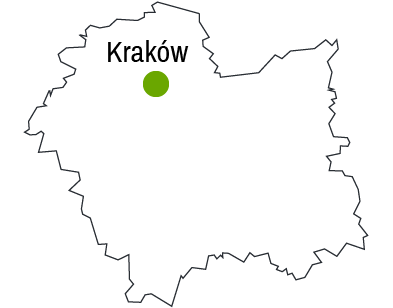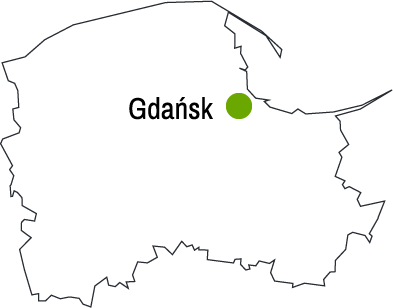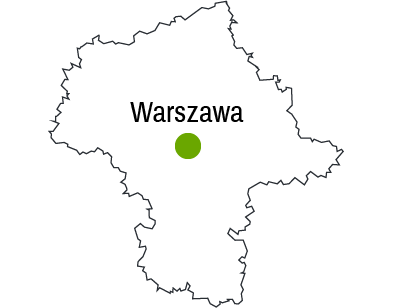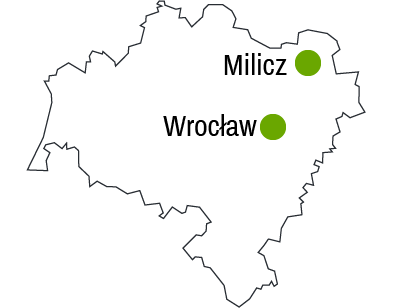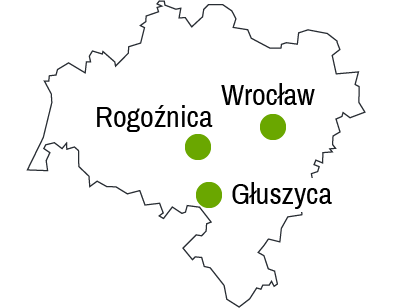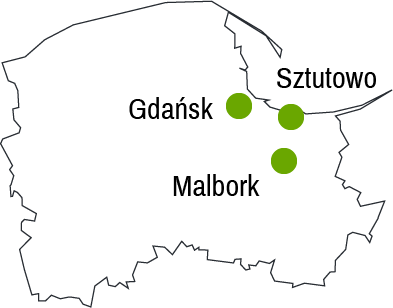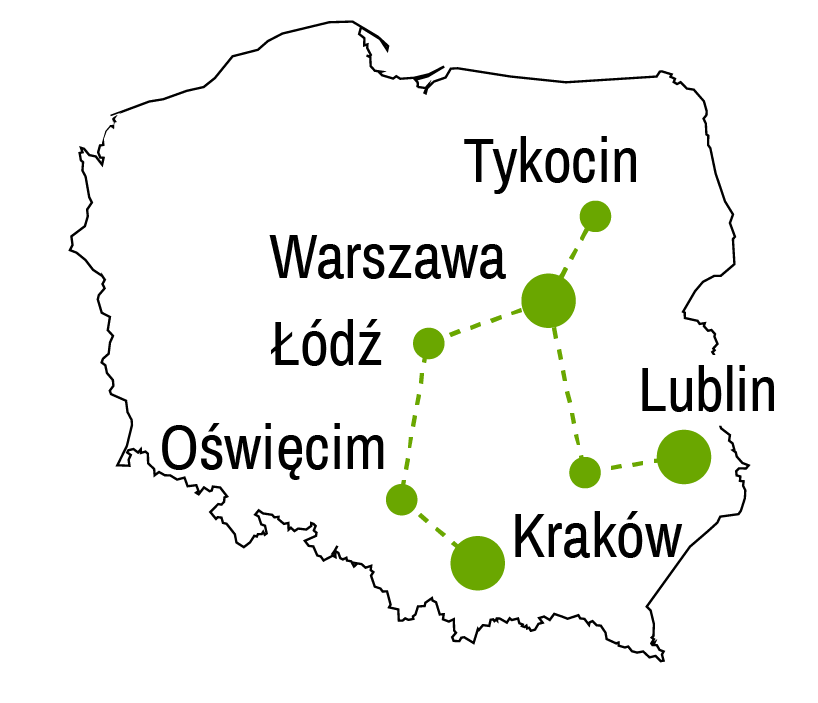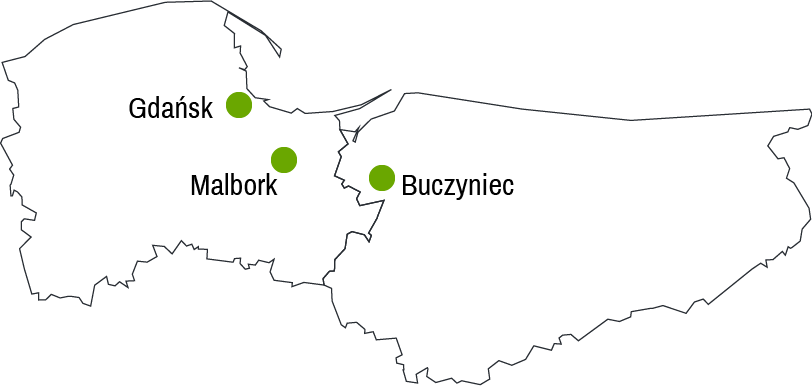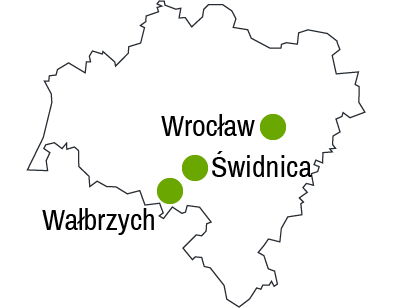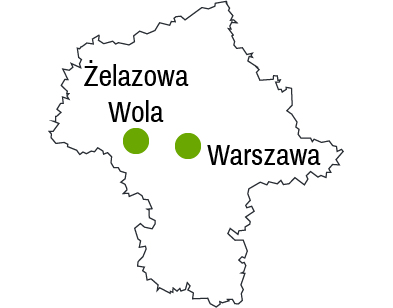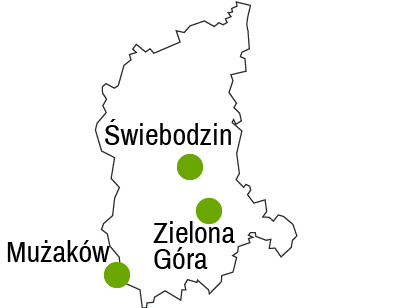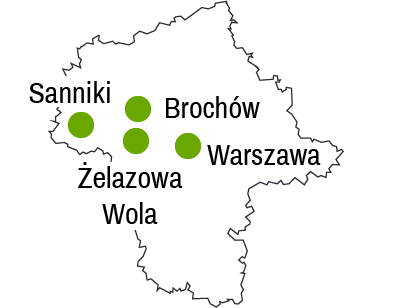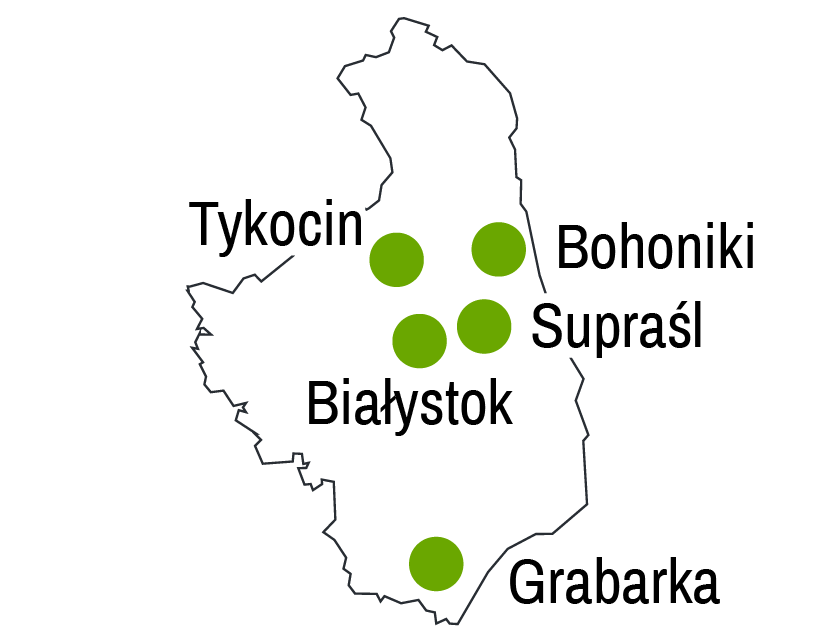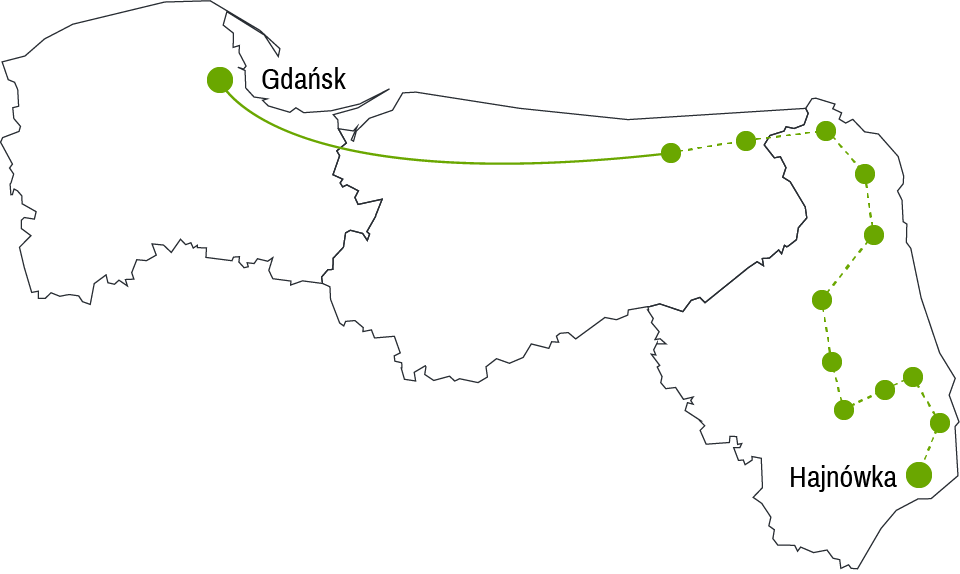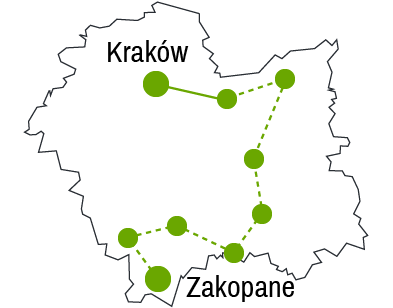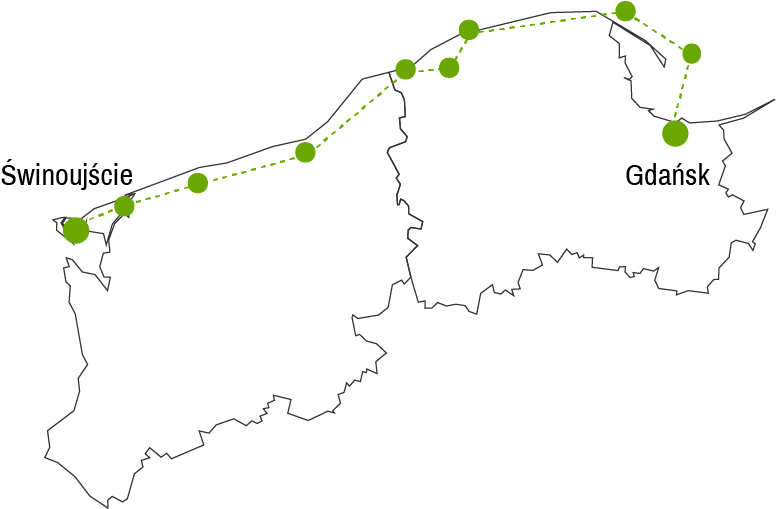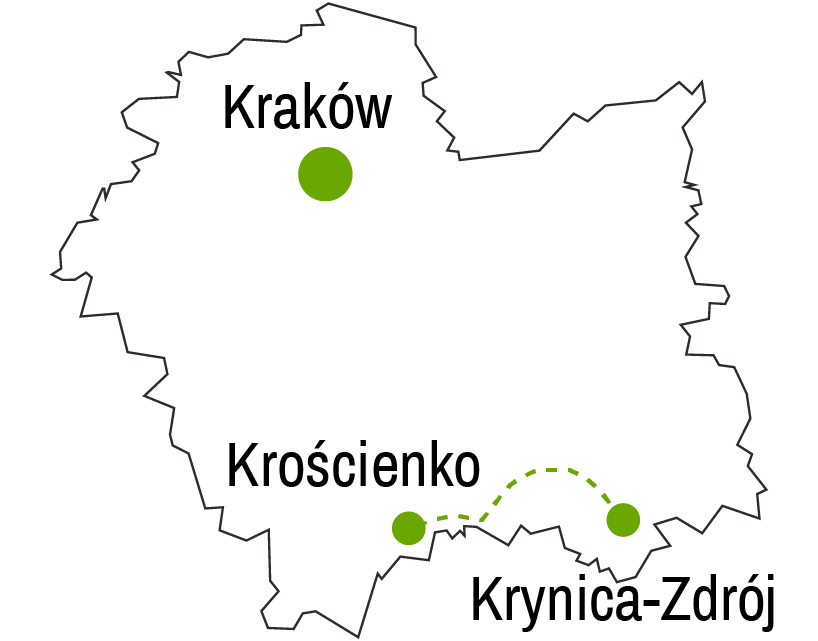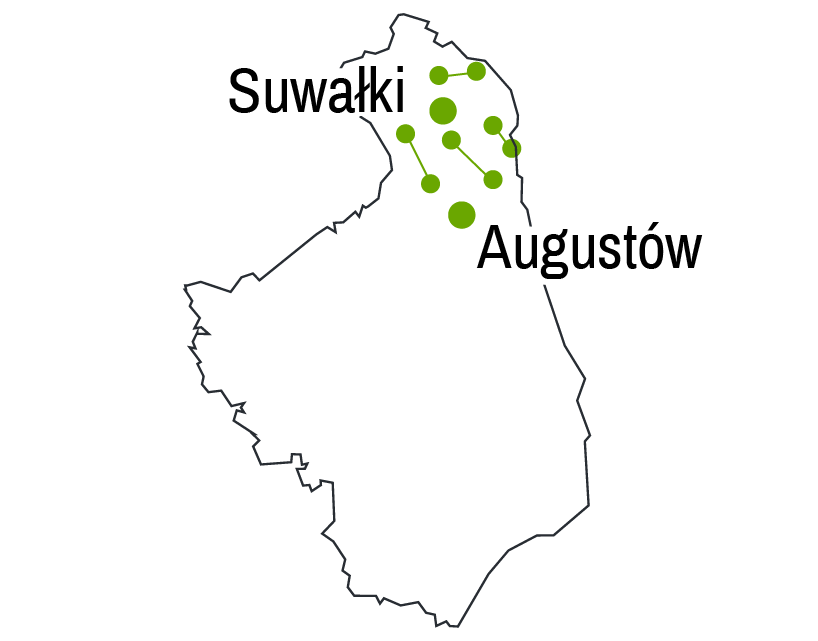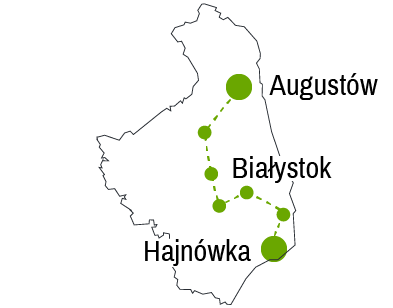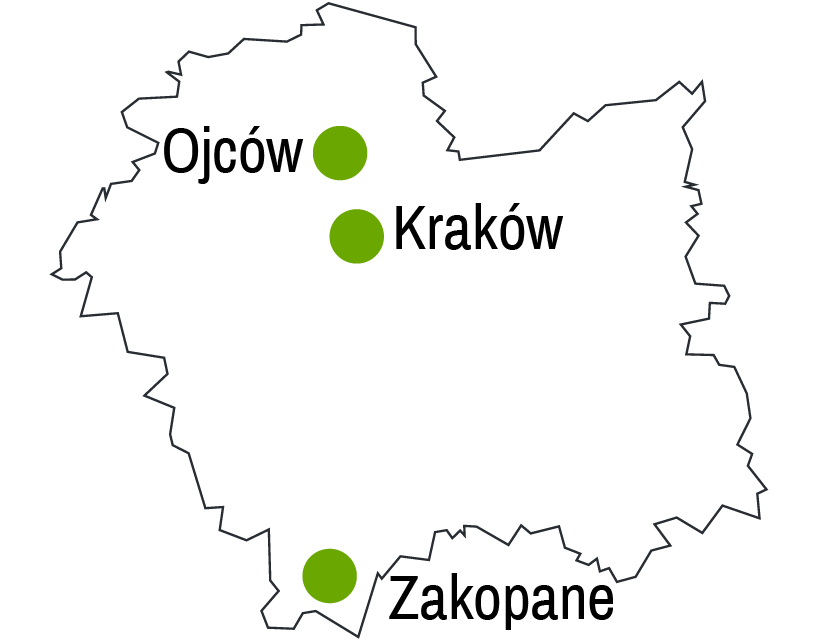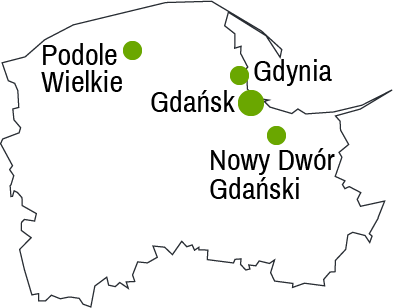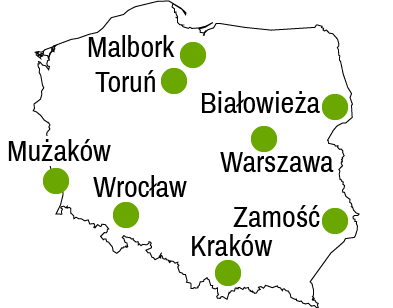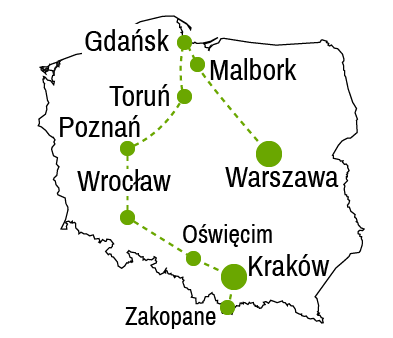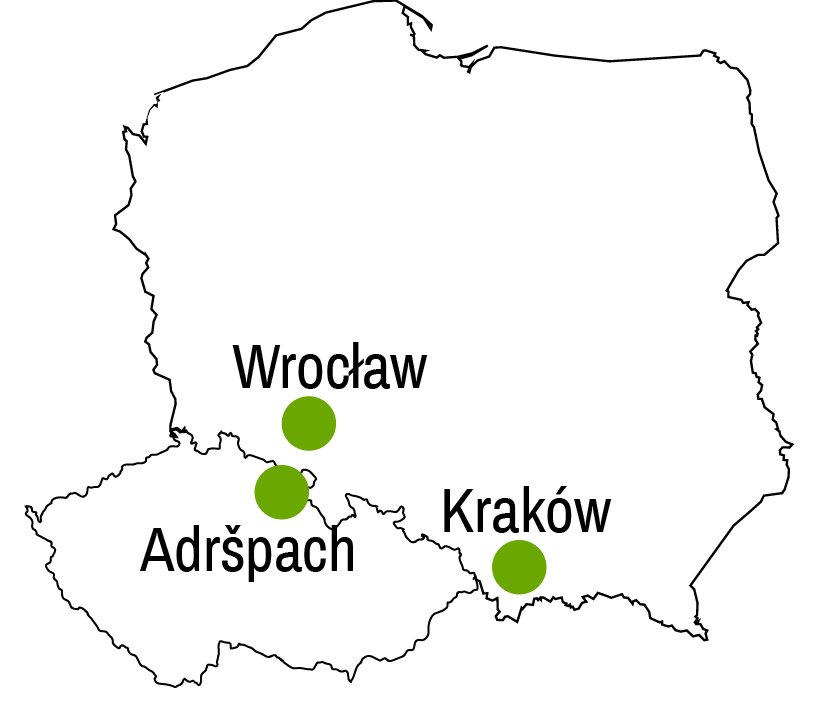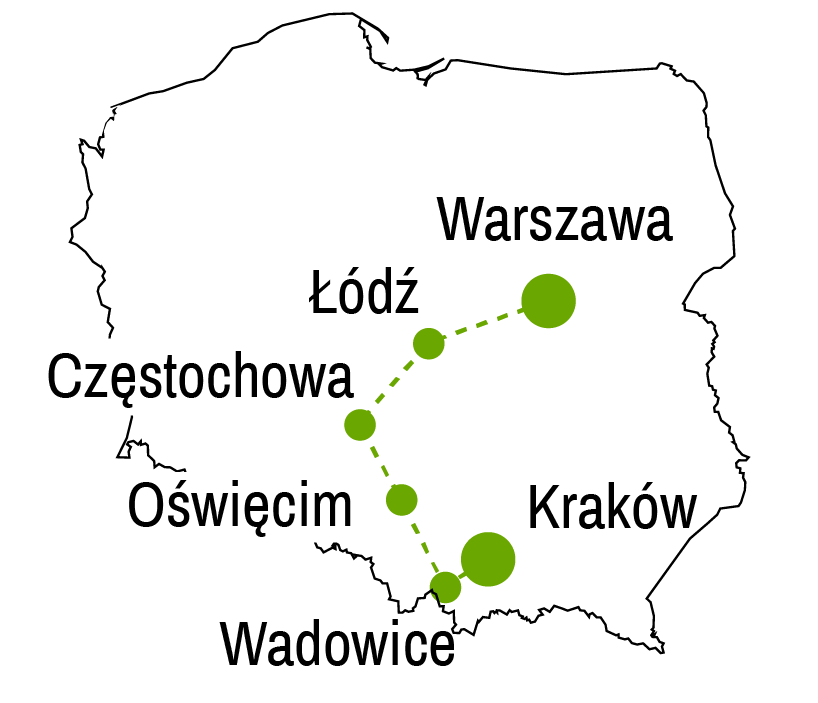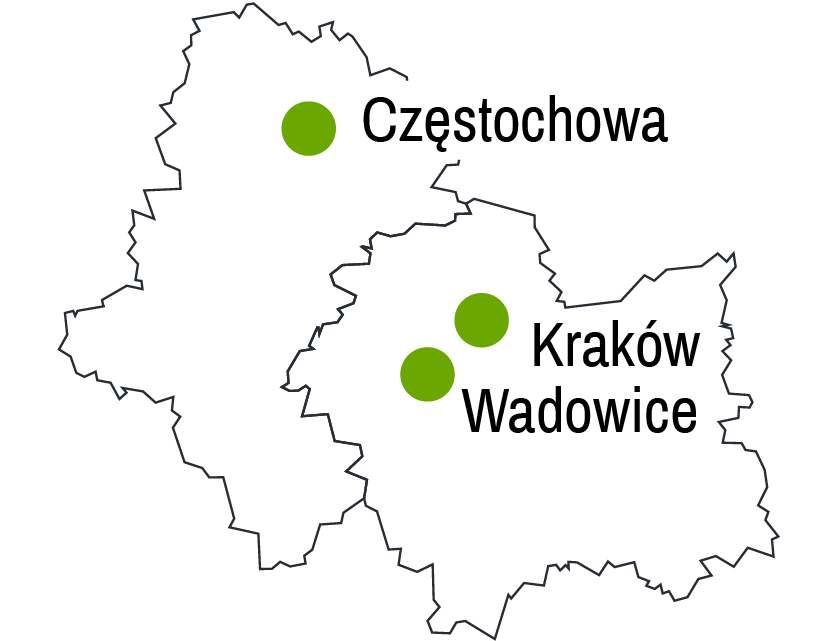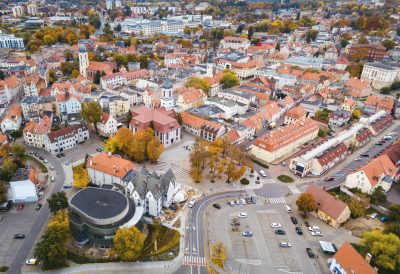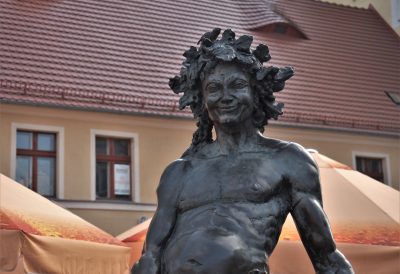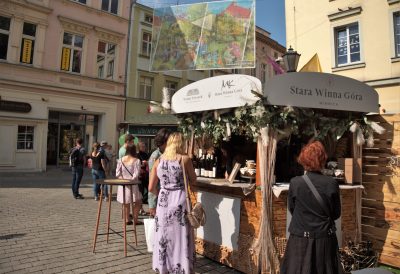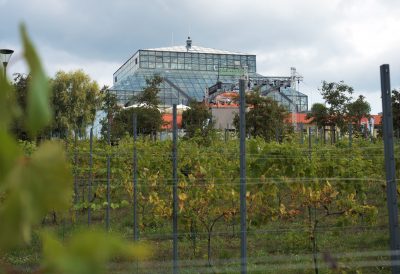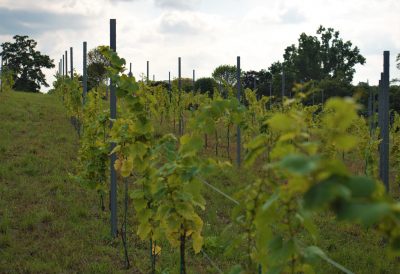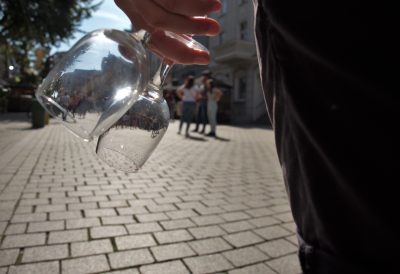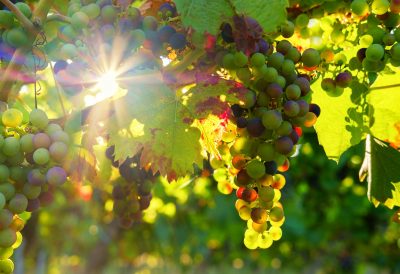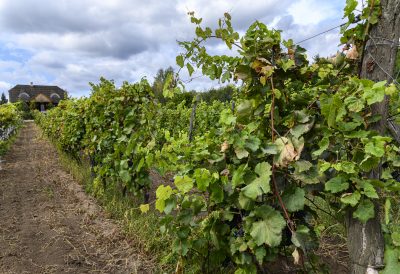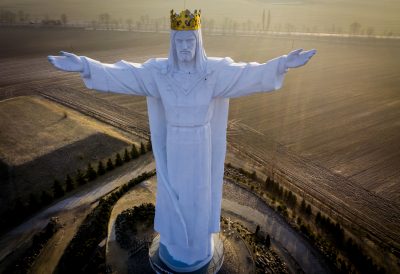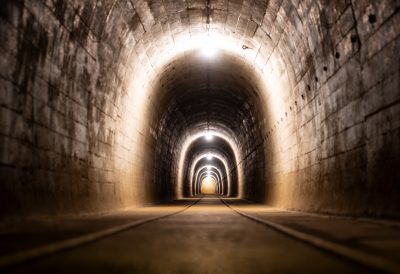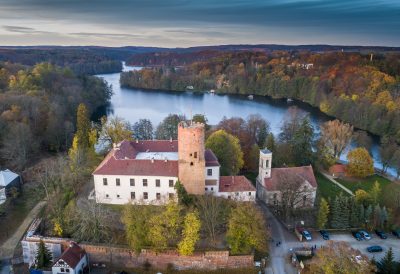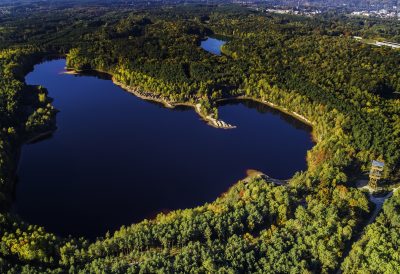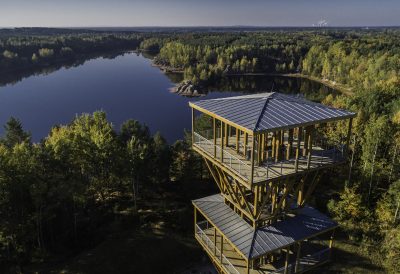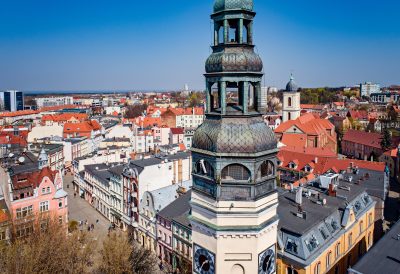Zielona Góra and its surroundings
Poland less well known
Itinerary
We invite you on a tour of less well known regions. In five days we will introduce you to the culture and history of the region, which cannot be seen on the lists of popular travel agencies.
Day 1
In search of the descendants of the god of wine
After checking in, you will meet your guide who will show you around the historical part of Zielona Góra. The central point of the city, since the Middle Ages, is the Old Market Square with beautiful 19th-century tenement houses. Every year, the Grape Harvest Festival is held here. During the walk in search of the descendants of the god of wine, you will see the oldest monument in the city (the Co-Cathedral of St Hedwig), the Bath Tower, which operated as a prison in the Middle Ages, and of course the monument to the God of Wine – Bacchus.
The walk will end in the Palm House, surrounded by the Wine Park with a historic vineyard referring to the centuries-old wine traditions of the city.
Day 2
On the trail of the Lubusz vineyards
You will start the day with a visit to the Wine Museum, which houses as many as 1,540 exhibits telling the history of Zielona Góra winemaking. It was in Zielona Góra in 1826 that the production of the first sparkling grape wine in Germany, called sect, was launched. After the historical introduction, you will go to a beautiful vineyard located 25 kilometres from Zielona Góra. There will be hosts waiting for you, who will show you around the vineyard, telling its history and introducing you to the grape varieties.
You will not leave this place without a wine tasting, accompanied by specially selected cheeses and dry-cured meats. In the evening you will visit a family vineyard where you will have dinner combined with basic training in sommelier and wine production.
Day 3
Subterranean sites of Western Poland
After breakfast, you will head to Świebodzin to take a photo of the world’s largest statue of Christ the King. The monument refers to the statue of Christ the Redeemer in Rio de Janeiro, and is 3 metres higher than the better known original statue.
Another point on the map is the Museum of the Miedzyrzecki Fortified Region, one of the world’s biggest underground fortifications, created by the Germans in 1934-1944 to protect the Reich border. It stretches for nearly 80 kilometres.
Finally, you will visit the Castle of the Order of St John in Łagów, which was built in 1350 by the Order of Knights of the Hospital of Saint John of Jerusalem. It is located on an isthmus between two lakes and is simply the perfect place for a tasty dinner.
Day 4
Muskauer Park and former mines
We start our tour from the Muskauer Park. It is a cross-border park covering 728 ha on both sides of the Nysa Łużycka River, which is the Polish-German border.
The park, recognised today as a great example of garden art, was founded in the first half of the 19th century by Prince Herman Puckler-Muskau. It was included in the UNESCO World Heritage List in 2004.
The next item on the agenda will be the Geopark Muskau Arch belonging to the Global Geoparks Network, which under supervision of UNESCO conserves the earth’s geological heritage. The former opencast Babina Mine Geotourist Trail is located here. After the excavations, there are numerous heaps and pits that have been filled with water over the years, creating several dozen lakes of a very intense colour. The return to Zielona Góra will end with a dinner with Polish cuisine.
Day 5
Farewell to Poland
The last day is at the participants’ disposal. You can go for a walk along the streets of the Old Town or to one of the city’s parks, or look for local wine shops, because it would be sad to leave the wine region without a bottle of good wine. In a city like Zielona Góra everyone will find something for themselves!

